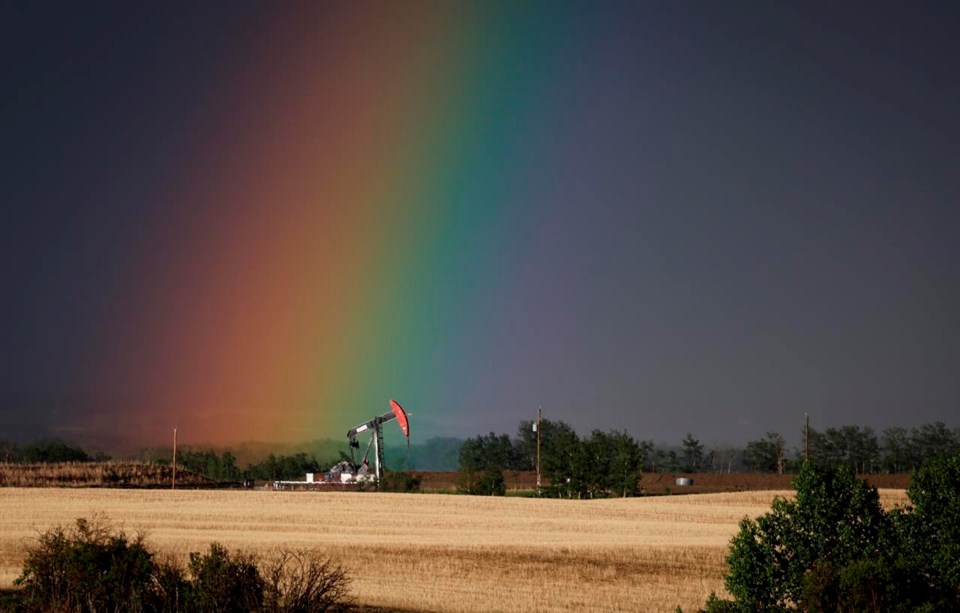CALGARY — New modelling from the Canada Energy Regulator suggests Canadian oil production will plummet by 2050 if the world achieves its Paris target of net-zero greenhouse gas emissions within that time.
The report, released Tuesday, marks the first time the regulator has presented a long-term outlook for Canadian energy using net-zero as a baseline.
It paints a picture of a dramatically different energy sector, especially if the world is successful in reaching its 2050 climate targets and holding global temperatures to 1.5 degrees Celsius of warming.
In that scenario, in which domestic and global climate policy successfully reduces the world's emissions to net-zero, the Canada Energy Regulator says global fossil fuel use will drop by 65 per cent from 2021 to 2050.
That would prompt a collapse in global oil prices, to as low as US$35 per barrel by 2030 and US$24 per barrel by 2050, it says.
The report concludes that as a result of these low prices, Canadian crude oil production would fall to 1.2 million barrels per day by 2050, 76 per cent below 2022 levels.
"In a net-zero world, not only for Canada but for the rest of the planet, the supply and demand dynamic that we see today will be very different in the future," Canada Energy Regulator chief economist Jean-Denis Charlebois told reporters Tuesday.
“Because there will be less demand for hydrocarbons, producers of hydrocarbons will need to be increasingly efficient at managing their costs in order to remain competitive.”
The regulator also modelled two other scenarios — one in which Canada achieves net-zero by 2050, but large developing countries like China and India move at a slower pace.
In that scenario, the CER said global oil prices will likely remain above US$60 per barrel all the way to 2050, with Canadian oil production declining by just 22 per cent.
The report also looked at what would happen in a "business as usual" case, which assumes no additional efforts to reduce emissions beyond what is already in place, and no further attempts to reach Paris climate targets.
In that scenario, Canadian oil production would actually rise to reach 6.1 million barrels per day by 2050 — 20 per cent higher than in 2022.
Charlebois told reporters the three scenarios laid out are models, not forecasts, and the regulator has not made any predictions about which is most likely to become reality.
“At the end of the day, we don’t comment or opine on the likelihood of it happening," he said.
"It remains to be seen whether it will actually look that way in the real world.”
But he acknowledged that under the global net-zero scenario, the rapid decline in oil prices would put pressure on Canadian companies to drastically reduce their costs in order to remain profitable.
And he said that could put pressure on higher-cost producers, especially oilsands companies which are more carbon-intensive than conventional producers and face steeper costs to lower their emissions.
“In the two net-zero scenarios, we see conventional production being more resilient than oilsands production," Charlebois said.
The Pathways Alliance, a consortium of oilsands companies, has pledged to reach net-zero greenhouse gas emissions by 2050. However, it has said the carbon capture and storage network it wants to build in order to help it reach that goal will cost $16.5 billion.
This report by The Canadian Press was first published June 20, 2023.
Amanda Stephenson, The Canadian Press




